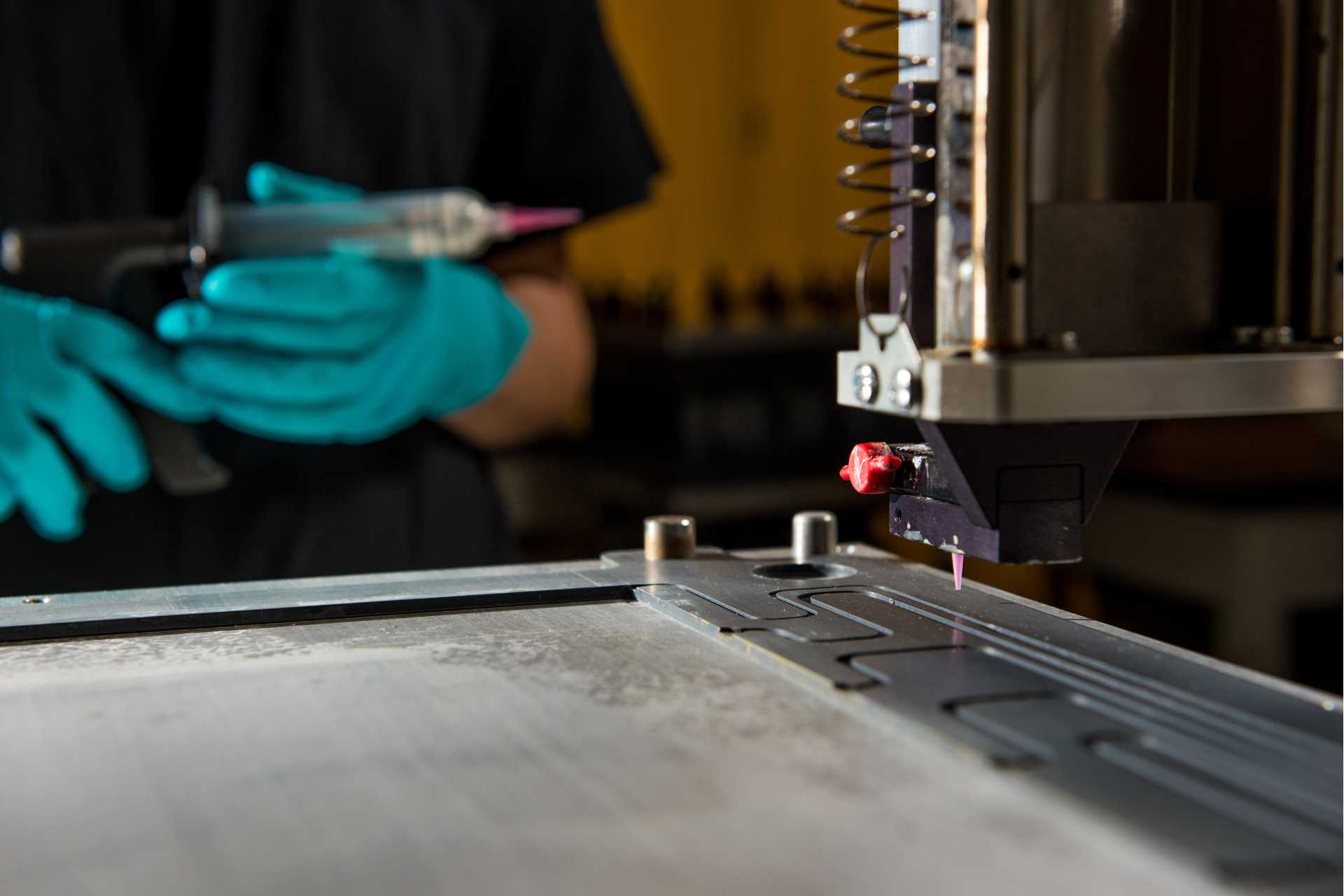
Get the latest climate technology news directly to your inbox.

Photo credit: Department of Energy

Photo credit: Department of Energy
The promise of artificial intelligence to discover and synthesize new battery materials is no longer merely hypothetical.
- The top line: Microsoft and the Pacific Northwest National Laboratory used AI to scan 32 million candidates and zero in on one solid state electrolyte candidate that was previously unknown and not present in nature, with true promise for a better battery.
- The market grounding: Critical minerals exploration is generally both difficult and expensive, which is a problem given that demand for lithium and other critical minerals is expected to grow substantially as the energy transition unfolds in the coming decades. There is increasing enthusiasm about AI’s potential to make the process both easier and cheaper, but until now the technology was largely unproven for this purpose.
- The current take: “The reason I love this is because it proves — not just in theory, but in practice — that you can complete the loop,” Microsoft CEO Satya Nadella told Fast Company. “You can [create] a new material that actually works.”
Much has been made of the potential of AI in scientific discovery, and specifically in uncovering materials that could better fuel the energy transition. But Nathan Baker, product leader at Microsoft’s Azure Quantum Elements, described the discovery of the new material as the “first real-life example” of the process yielding tangible results.
“We believe that chemistry and materials science are the hero scenario for full-scale quantum computers,” Baker wrote in a blogpost. “We needed a real proof point and decided to start with something useful from everyday life to hyperscale data centers: battery technology.”
Of course, mass production of batteries that use the new material is still a long way off; scientists at the Department of Energy’s PNNL still need to evaluate its scalability. But the researchers have already found that using it would pare back the need for lithium by 70%. (The lithium can be replaced by sodium, which is far cheaper and more plentiful.)
That reduction could be a real boon for the U.S. battery storage sector, which is currently heavily reliant on lithium, which is both expensive and concentrated in countries like Chile and Australia. Demand for lithium is projected to soar by 910% between now and 2050 as batteries for both electric vehicles and energy storage become ever more crucial.
But it’s the sped-up timeline of the material’s discovery — and of its synthesis from raw material to working prototype — that is particularly exciting to those involved. Jason Zander, an executive vice president at Microsoft, told Reuters that using AI brought a yearslong process down to a mere two weeks. And that speed is something that could be applied to many of PNNL’s other chemistry and materials science problems, according to Brian Abrahamson, the lab’s chief digital officer.
In short, if using AI for these kinds of problems becomes the norm, it could dramatically accelerate how quickly scientists can discover materials needed for the energy transition.
Microsoft isn’t the only tech giant experimenting with AI for critical mineral exploration. In November, Google announced its DeepMind Graph Networks for Materials Exploration tool, which uses deep learning to predict the stability of new materials. The company said at the time that it had already identified 380,000 materials that are promising for experimental synthesis.
Prefer to listen? Check out this episode of The Latitude on whether AI holds promise to alleviate the bottleneck for critical minerals.





